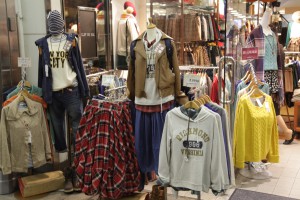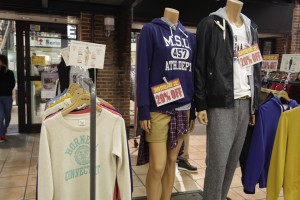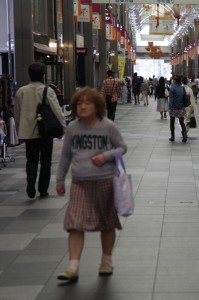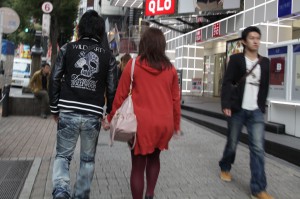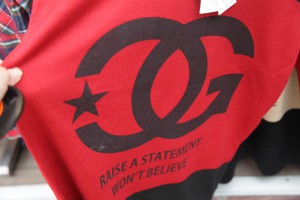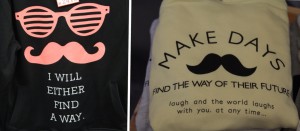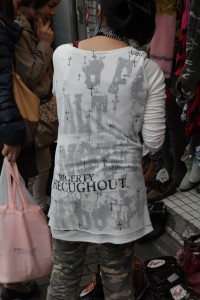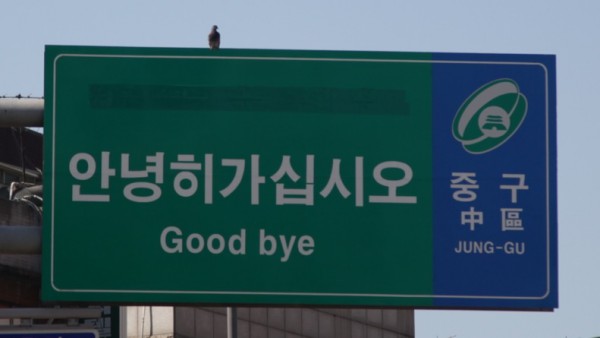After breakfast, I checked out and walked to the station to activate my JR Rail Pass. It was pretty simple once I found the right place in that giant train station. Then, after wandering around for a while, I went back to that same place and asked them where I might find the train to Nagasaki. Thus informed, I went to the platform, which was about 50 yards away.
Incidentally, Hakata Station is not the only enormous mall and train station combo in Fukuoka. It’s just the station for the state-run train system (which issued my pass). The station for the private line is Tenjin station, which has what appears to be an even bigger mall attached to it. I know because I wandered around in it for a few minutes the previous evening before I realized that I was in the wrong station.
Anyway, this was a new day and a new train station and I was on my way to Nagasaki.
It was about a two-hour trip, which got me there at about 11:00. I then checked three hotels before finding a vacancy, but this one is substantially cheaper than the one in Fukuoka. They were a little apologetic because it doesn’t have a view. What it does have are little sliding doors in front of curtains in front of a window that looks directly into the side of the building next door, approximately 18 inches away. You can stick your head out a little and look along the gap in either direction. That’s the view.
Nagasaki is not as picturesque as I expected. It’s a beautiful setting, but the town itself is not that much to look at. It has an interesting history, being the only point of contact with the West while Japan was closed off before the Meiji Restoration. Dejima was an island in the harbor where representatives of the Dutch East India Company traded with the Japanese in a highly controlled manner. They were essentially quarantined there. With all the land reclamation of the 19th and 20th centuries, Dejima is no longer an island, and is now something you can walk to in the middle of town. So I did. They’ve reconstructed most of the buildings based on drawings from the time and used original materials where possible. There’s not a lot to it, but it wasn’t very big to begin with.
Mostly I’ve been wandering around, because I’m good at that. Right now I’m eating at Mos Burger, named after Mos Eisley, I assume.
And no, I didn’t go to the Atomic Weapons Museum. I’m sure it’s a blast and everything, but there’s a samurai castle in Kumamoto, which is right on the shinkansen line.

